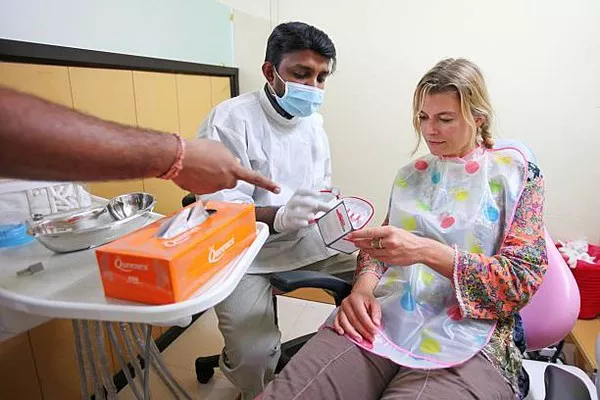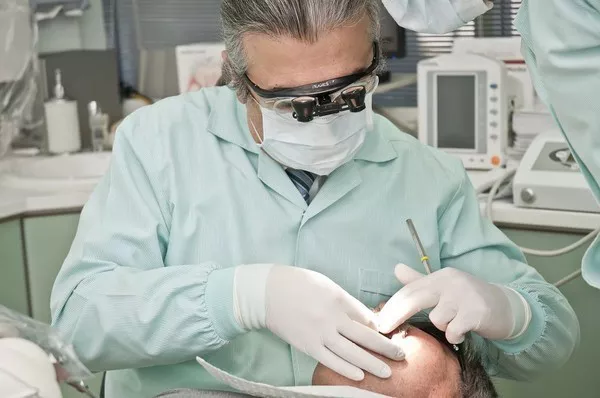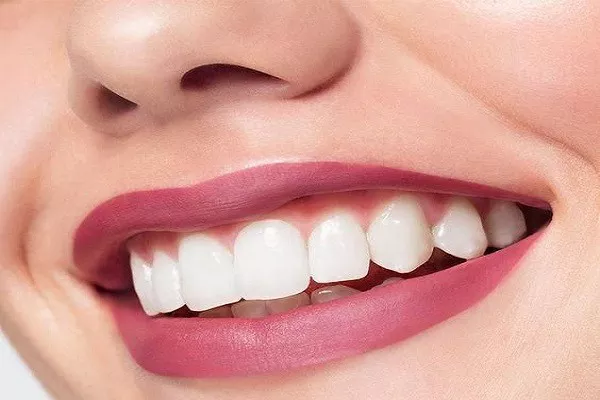Gingivitis is a prevalent concern for individuals undergoing orthodontic treatment with braces. It’s essential to address this issue to ensure not only a beautiful smile but also optimal oral health. In this comprehensive article, we will delve into the question, “Is gingivitis common with braces?”
1. Causes of Gingivitis in Patients with Braces
Gingivitis often occurs when bacteria-laden plaque accumulates on the teeth and gums. When it comes to patients with braces, there are some unique factors that can contribute to the development of gingivitis:
a. Difficulty in Cleaning Teeth
Braces can make it challenging to maintain proper oral hygiene. The wires, brackets, and bands create nooks and crannies that are difficult to clean effectively, allowing plaque to build up.
b. Trapping of Food Particles
Braces tend to trap food particles, increasing the risk of bacterial growth. This trapped debris can irritate the gums, leading to gingivitis.
c. Increased Saliva Production
Orthodontic treatment can lead to increased saliva production, which may further exacerbate the accumulation of plaque and bacteria in the mouth.
2. Signs and Symptoms of Gingivitis with Braces
Recognizing the signs of gingivitis is crucial for early intervention. Common symptoms of gingivitis in individuals with braces include:
a. Swollen and Red Gums
Gums that are red and swollen are a telltale sign of gingivitis. This inflammation can be more pronounced in individuals with braces due to the aforementioned challenges in cleaning.
Gums that bleed during brushing or flossing are another clear indicator of gingivitis. This can be particularly distressing for those with braces.
c. Bad Breath (Halitosis)
Gingivitis can lead to bad breath, which can be exacerbated in individuals with braces due to food particles getting trapped in the orthodontic appliances.
3. Preventing Gingivitis during Orthodontic Treatment
Preventing gingivitis during orthodontic treatment is possible with a few essential steps:
a. Improved Oral Hygiene
Patients with braces must maintain a rigorous oral hygiene routine. This includes using orthodontic-specific toothbrushes and floss threaders to clean hard-to-reach areas.
b. Regular Dental Check-Ups
Regular dental check-ups and cleanings are essential for patients with braces. Dentists and orthodontists can provide guidance and thorough cleanings to keep gingivitis at bay.
c. Mouthwash and Antimicrobial Products
Using an antimicrobial mouthwash can help reduce bacteria in the mouth. Your orthodontist can recommend products suitable for individuals with braces.
4. Treating Gingivitis in Patients with Braces
In cases where gingivitis has already set in, it’s vital to seek appropriate treatment:
a. Scaling and Root Planing
This deep cleaning procedure is often recommended for individuals with braces to remove plaque and tartar from below the gumline.
b. Orthodontic Adjustments
In some cases, orthodontic adjustments might be necessary to ensure proper alignment and reduce the risk of gum irritation.
c. Medications
Your dentist or orthodontist may prescribe medications to manage gingivitis symptoms, such as antibiotic mouthwashes.
5. The Prevalence of Gingivitis in Braces Wearers
Gingivitis is relatively common among individuals with braces, but its severity varies. According to a study published in the Journal of Orthodontic Science, approximately 70% of patients undergoing orthodontic treatment with braces experienced some form of gingivitis. However, with proper care and maintenance, the risk can be significantly reduced.
6. Conclusion: Taking Control of Your Oral Health
In conclusion, gingivitis can be a common issue for those with braces, but it is not inevitable. By understanding the causes, recognizing the symptoms, and taking proactive steps to prevent and treat gingivitis, individuals can maintain excellent oral health throughout their orthodontic journey. Remember, a healthy, beautiful smile starts with healthy gums, and that’s achievable even with braces.
Incorporating these strategies into your daily routine can help you minimize the risk of gingivitis, ensuring a smoother orthodontic experience and a confident, healthy smile in the end. So, take control of your oral health today, and let your braces journey be a comfortable and rewarding one.
Related Links:
Why bleeding gums during pregnancy?
Is gingivitis a bacterial infection?
How is gingivitis transmitted?
































